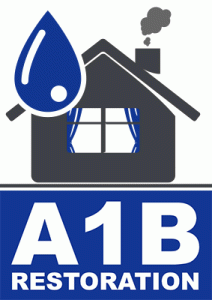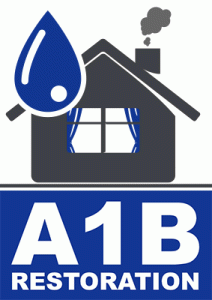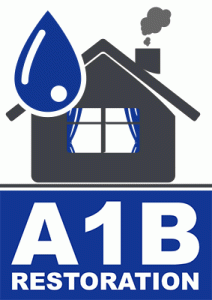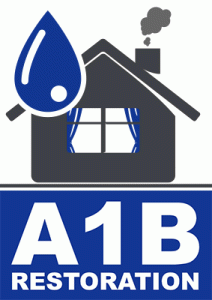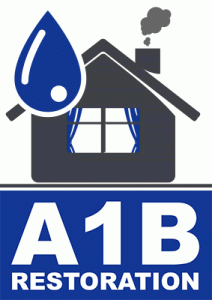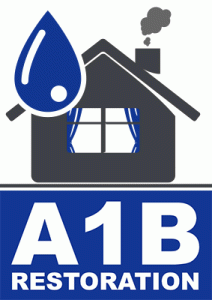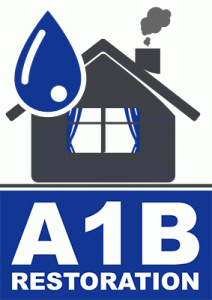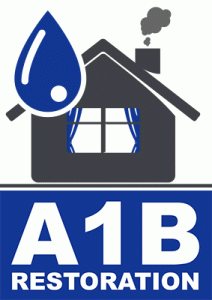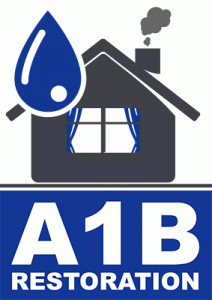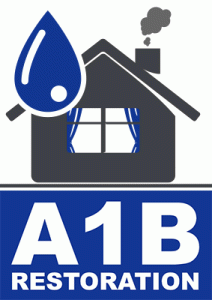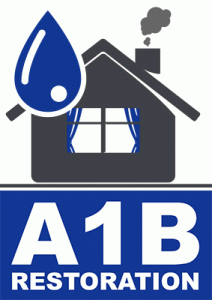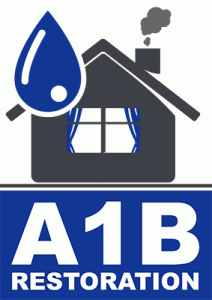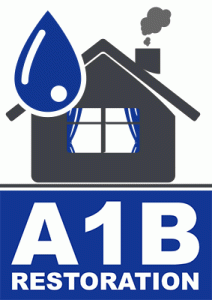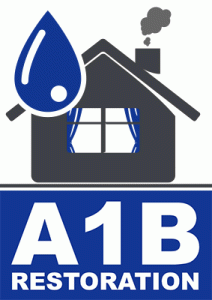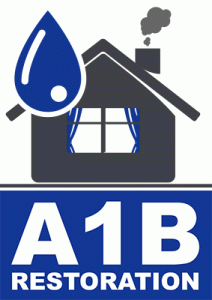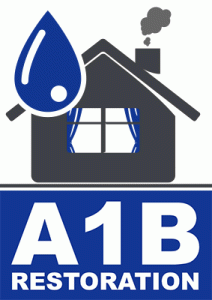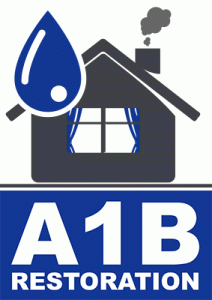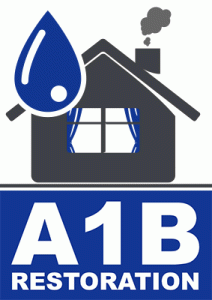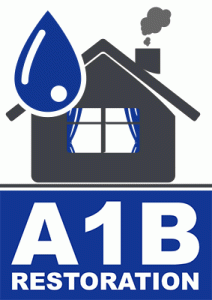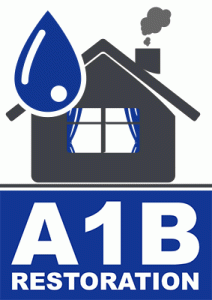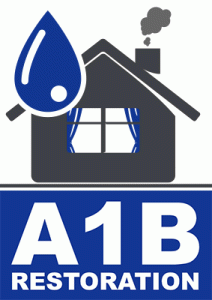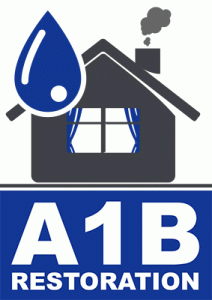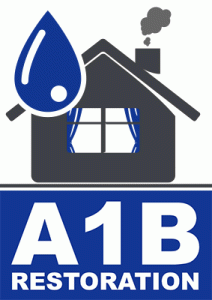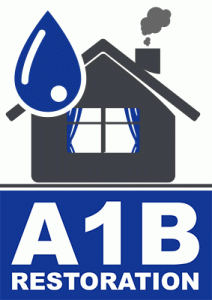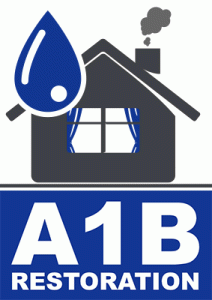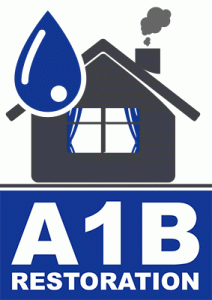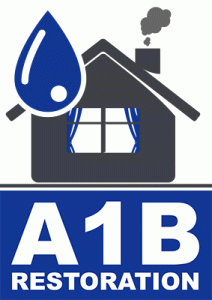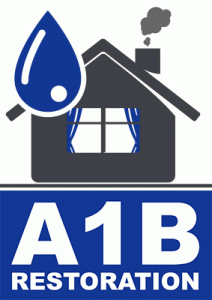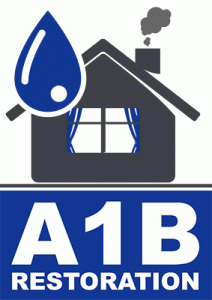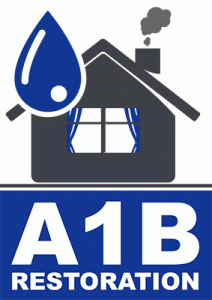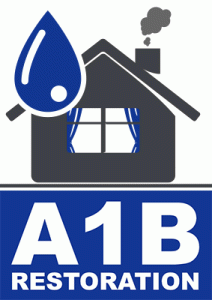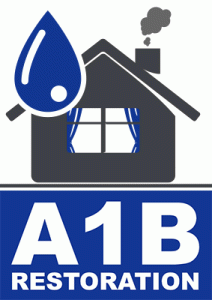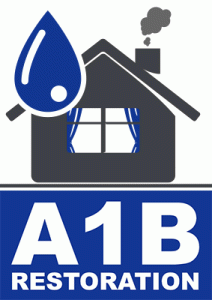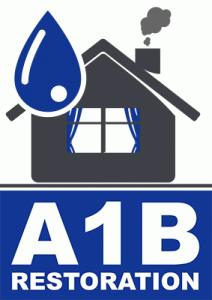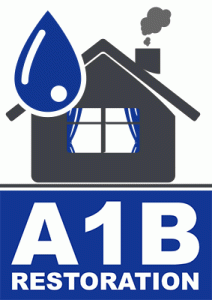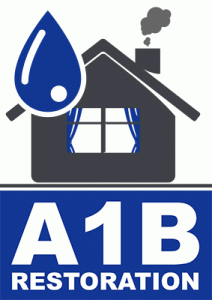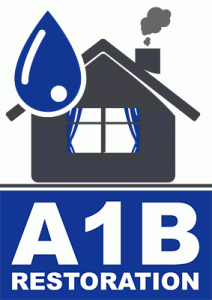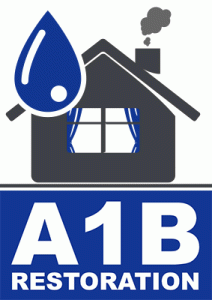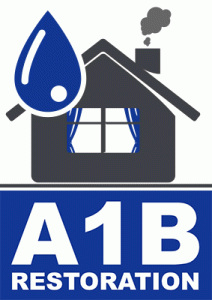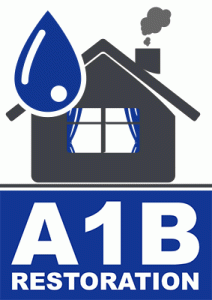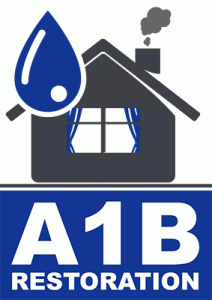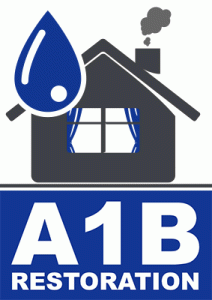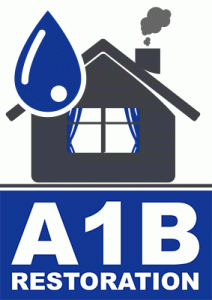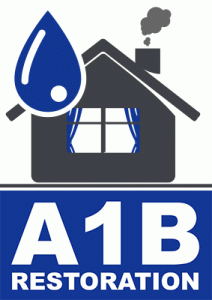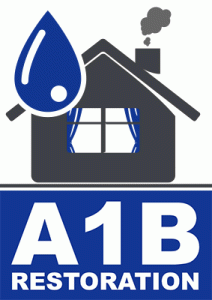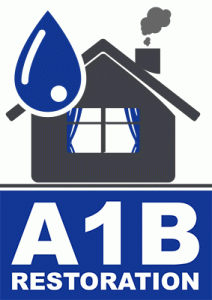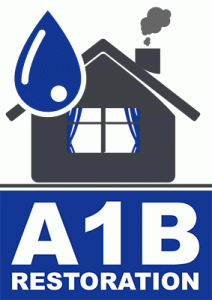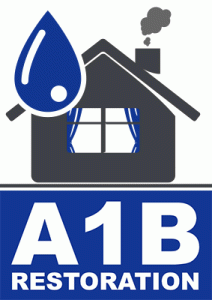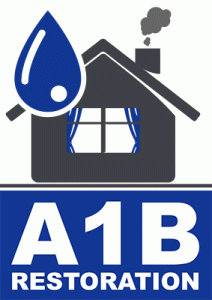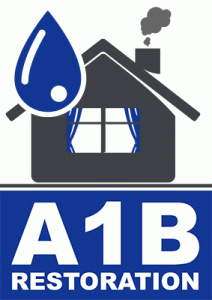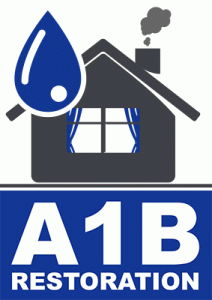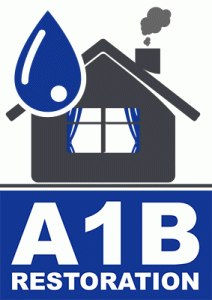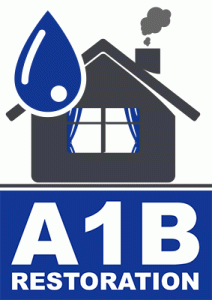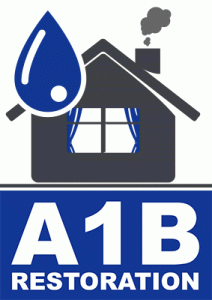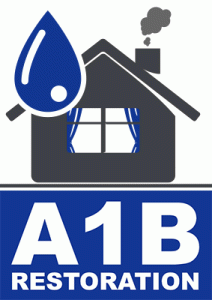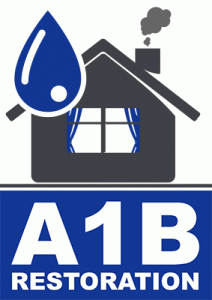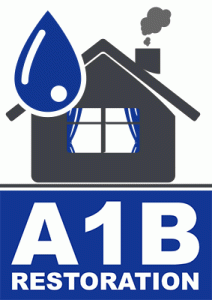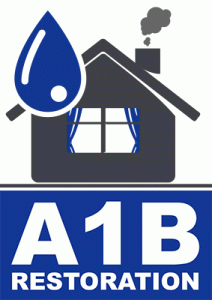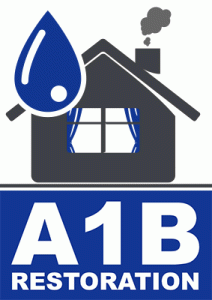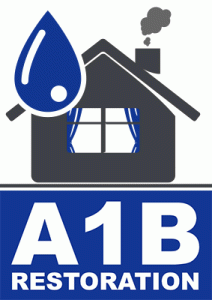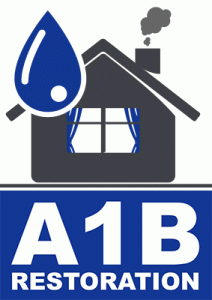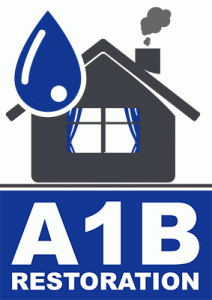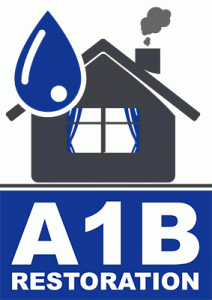Water Damage Clean Up: DIY Tips and Tricks
Water damage can wreak havoc on your home, leading to expensive repairs and potential health hazards. Whether it’s a result of a burst pipe, a leaky roof, or flooding, addressing water damage promptly and effectively is crucial. In this blog post, we’ll explore some DIY tips and tricks that can help you tackle water damage cleanup efficiently. From understanding the impact of water damage to practical steps you can take, this guide aims to equip you with the knowledge and tools needed to handle water damage like a pro.
Understanding Water Damage: Causes and Consequences
Before diving into the cleanup process, it’s essential to understand what causes water damage and the potential consequences it can have on your property.
Common Causes of Water Damage
Water damage can occur due to various reasons such as:
- Burst pipes: Aging plumbing systems or extreme temperature changes can lead to pipes bursting.
- Leaky roofs: Poor maintenance or severe weather conditions can cause roof leaks.
- Flooding: Natural disasters like hurricanes or heavy rains can result in significant flooding.
- Appliance malfunctions: Washing machines, dishwashers, or water heaters can fail and cause water overflow.
Consequences of Water Damage
The impact of water damage extends beyond just the visible signs. Some consequences include:
- Mold growth: Moisture creates an ideal environment for mold, which can pose health risks.
- Structural damage: Prolonged exposure to water can weaken the structure of your home.
- Electrical hazards: Water can come into contact with electrical systems, leading to potential fire hazards.
DIY Water Damage Clean Up: Steps to Take
Once you’ve identified the source of water damage, it’s essential to act swiftly. Here’s a step-by-step guide to help you manage the cleanup process effectively.
1. Ensure Safety First
Before starting the cleanup, ensure that the area is safe. Turn off the electricity supply to avoid electrical hazards and wear protective gear like gloves and masks.
2. Remove Standing Water
Use a wet-dry vacuum or buckets to remove any standing water. For significant amounts of water, renting a sump pump may be necessary.
3. Dry Out the Affected Area
To prevent mold growth, it’s crucial to dry the area as quickly as possible. Use fans, dehumidifiers, and open windows to improve ventilation. Consider using specialized drying equipment for severe cases.
4. Clean and Disinfect
Once the area is dry, clean and disinfect all surfaces to prevent mold and bacteria growth. Use a mixture of water and bleach or a commercial disinfectant for effective cleaning.
5. Inspect and Repair
Inspect your home for any damage that may need repair. This includes checking for structural issues, examining electrical systems, and replacing damaged materials like drywall or flooring.
Preventing Future Water Damage
Prevention is always better than cure. Here are some tips to help you prevent future water damage:
Regular Maintenance
Conduct regular inspections of your plumbing system, roof, and appliances to catch potential issues early.
Install Water Detection Devices
Consider installing water detection devices that alert you to leaks or flooding, allowing you to respond quickly.
Ensure Proper Drainage
Ensure that your property’s drainage system is functioning correctly to prevent water accumulation.
Conclusion
Water damage can be a daunting challenge, but with the right knowledge and tools, you can manage the cleanup process effectively. By following these DIY tips and tricks, you can address water damage promptly and prevent further issues. Remember, when in doubt or if the damage is extensive, it’s always best to consult with professionals to ensure your home is safe and sound. Armed with this guide, you’re now better prepared to tackle water damage and protect your home from future incidents.
For more insights and tips on home maintenance and repair, stay tuned to our blog. If you found this article helpful, please share it with others who might benefit from these water damage cleanup tips!
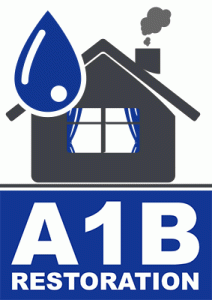
restoration services water damage Lewisville Texas
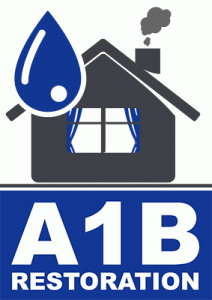
water damage restoration service Flower Mound Texas

water remediation company near me Sunnyvale Texas
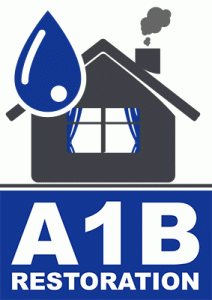
water damage restoration service Grand Prairie Texas

Lavon Texas water damage restoration service near me

Service Areas

restoration company water damage Lake Highlands Dallas Texas
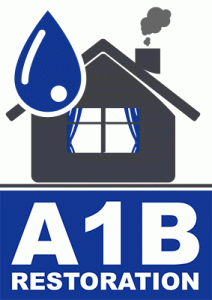
water restoration companies near me Addison Texas
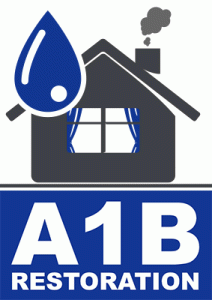
restoration services water damage Lake Highlands Dallas Texas

water damage restoration services near me Grand Prairie Texas
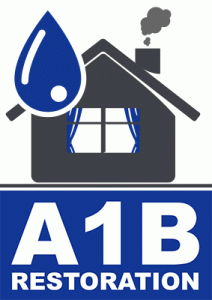
Lake Dallas Texas water extraction company near me
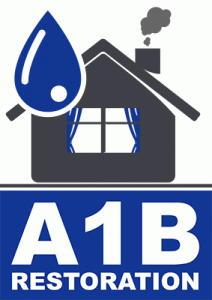
Haltom City Texas restoration water damage companies
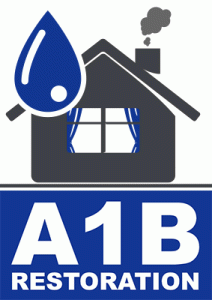
Garland Texas water damage restoration service near me
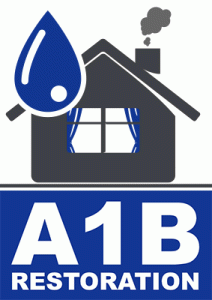
Preston Hollow Dallas Texas water remediation company

Murphy Texas water damage restoration service near me
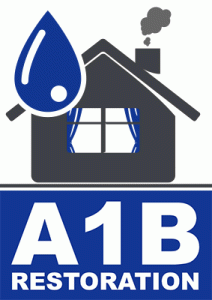
Lucas Texas water damage restoration service near me
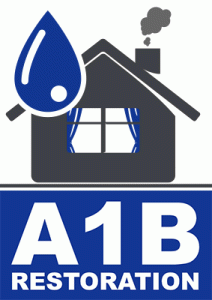
Lake Highlands Dallas Texas water damage restoration near me
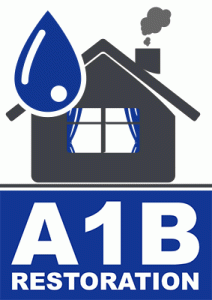
Duncanville Texas restoration water damage companies

Duncanville Texas water damage restoration service near me
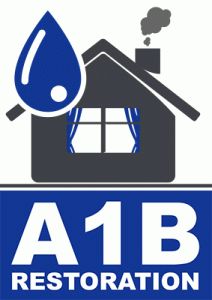
Lakewood Dallas TX water damage restoration company

Highland Park TX water damage restoration companies
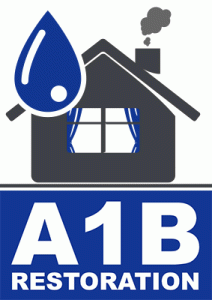
The Colony TX water damage restoration companies near me

Haltom City TX water damage restoration companies
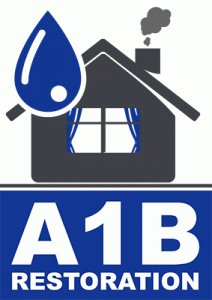
best water damage restoration near me Little Elm Texas
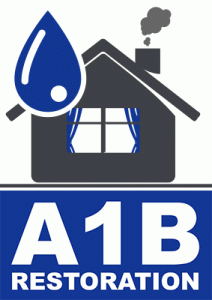
restoration company water damage Preston Hollow Dallas Texas
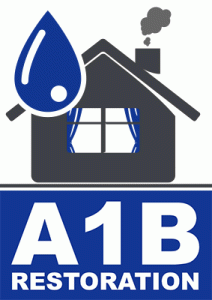
water extraction company Preston Hollow Dallas Texas

best water damage restoration near me Lavon Texas
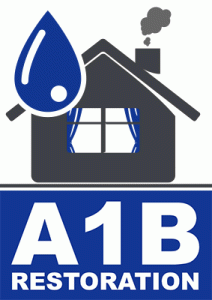
water remediation company near me Haltom City Texas
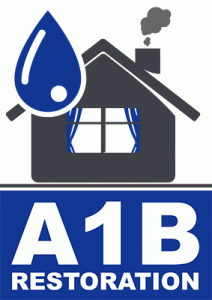
best water damage restoration near me Allen Texas

water damage and restoration companies Grapevine Texas
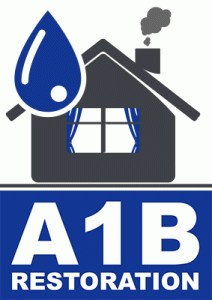
restoration company water damage Royse City Texas
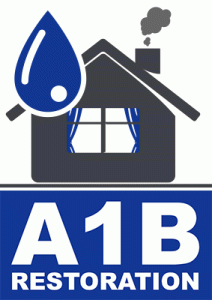
residential water damage restoration Duncanville Texas
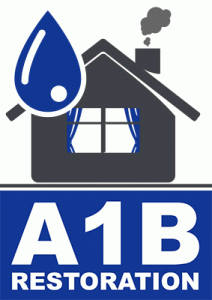
water damage restoration services near me Lake Highlands Dallas Texas

best water damage restoration near me Duncanville Texas
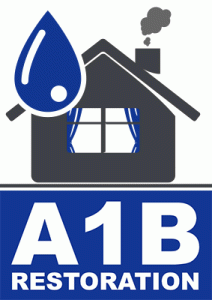
restoration services water damage Lakewood Dallas Texas
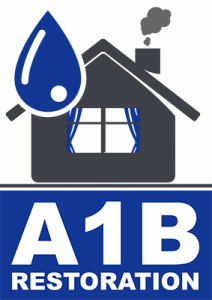
restoration company water damage The Colony Texas

water damage restoration services near me Fairview Texas

water damage company near me Lakewood Dallas Texas

best water damage restoration near me Roanoke Texas




